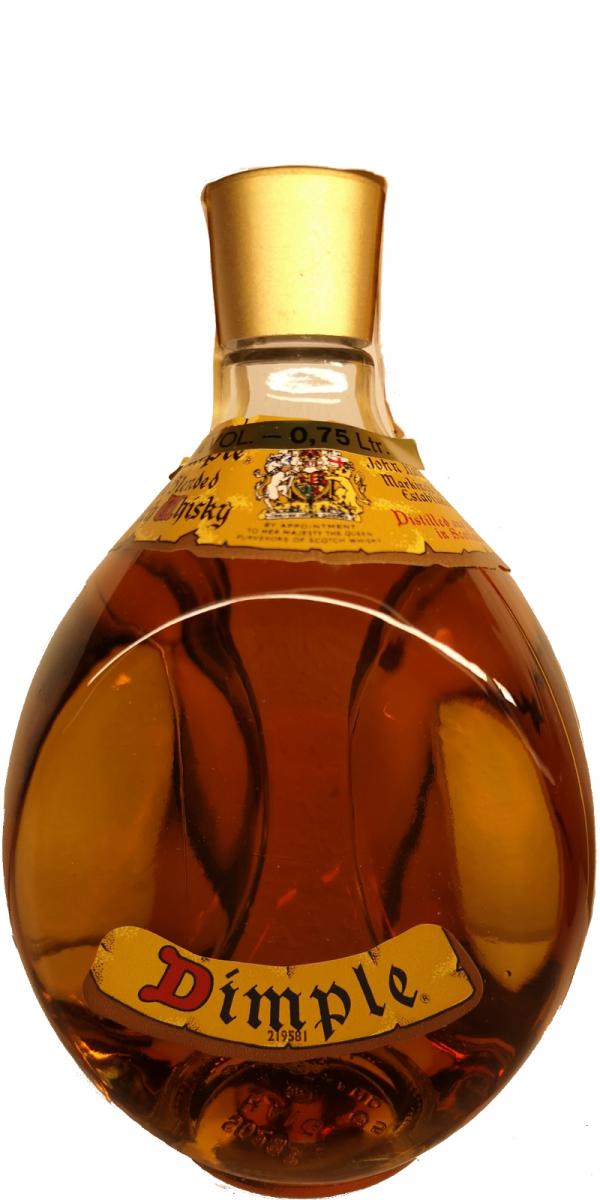flavor of whiskey is a posh interaction of varied elements influenced by the ingredients, distillation course of, growing older situations

taste of whiskey is a posh interplay of various factors influenced by the ingredients, distillation process, aging situations, and the type of barrel used for maturation. Here are some widespread taste parts present in whiskey:
Grain Influence:
Malted Barley: Adds a wealthy, malty sweetness and might contribute to flavors like honey and caramel.
Corn: Often utilized in bourbon, corn imparts sweetness and might contribute notes of vanilla and butterscotch.
Rye: Adds spiciness, with flavors like pepper and cinnamon.

Wheat: Contributes to a smoother and softer profile, with notes of bread and delicate sweetness.
Distillation Process:
Pot Still vs. Column Still: Whiskies distilled in pot stills might have a fuller and more robust character, whereas these distilled in column stills could be lighter and smoother.
Yeast Fermentation:
The selection of yeast strains during fermentation can affect the production of various taste compounds.
Maturation in Barrels:
Wood Influence: Interaction with the wood barrel imparts flavors corresponding to vanilla, oak, and typically tannins. The type of wooden (e.g., American oak, European oak) contributes distinct traits.
Charred Barrels: Bourbon is usually aged in new charred oak barrels, which can add smoky and caramelized notes.
Previous Contents of Barrels: If barrels were beforehand used to age other spirits (e.g., sherry, wine), the whiskey could inherit further taste components.
Age of Whiskey:
Young Whiskey: Tends to have more vibrant and raw flavors, with pronounced grain traits.
Aged Whiskey: Develops complexity, with flavors evolving and mellowing over time. This can embody notes of dried fruit, spice, and a extra built-in oak influence.
Peat Influence:
In some whiskies, particularly from Islay in Scotland, peat is used throughout malting, imparting smoky and earthy flavors.
Water Source:
The quality and mineral content material of the water utilized in manufacturing can affect the whiskey's last taste.
https://whiskeycanvas.com/ :
Different whisky-producing regions (e.g., Scotch whisky regions like Islay, Speyside, Highlands) often have distinct taste profiles influenced by native traditions and environmental components.
Blending Techniques:
In blended whiskies, the ability of the grasp blender plays a vital role in achieving a harmonious and balanced flavor profile.
Alcohol Content:
The alcohol content affects the perception of flavors, with larger proof whiskies often intensifying sure notes.
Tasting whiskey is a subjective experience, and individual preferences can range widely. Whiskey lovers typically discover differing kinds and expressions to appreciate the range of flavors inside the world of whiskey. Tasting notes offered by distilleries or experienced tasters can information enthusiasts in identifying specific flavors and aromas in a given whiskey..
